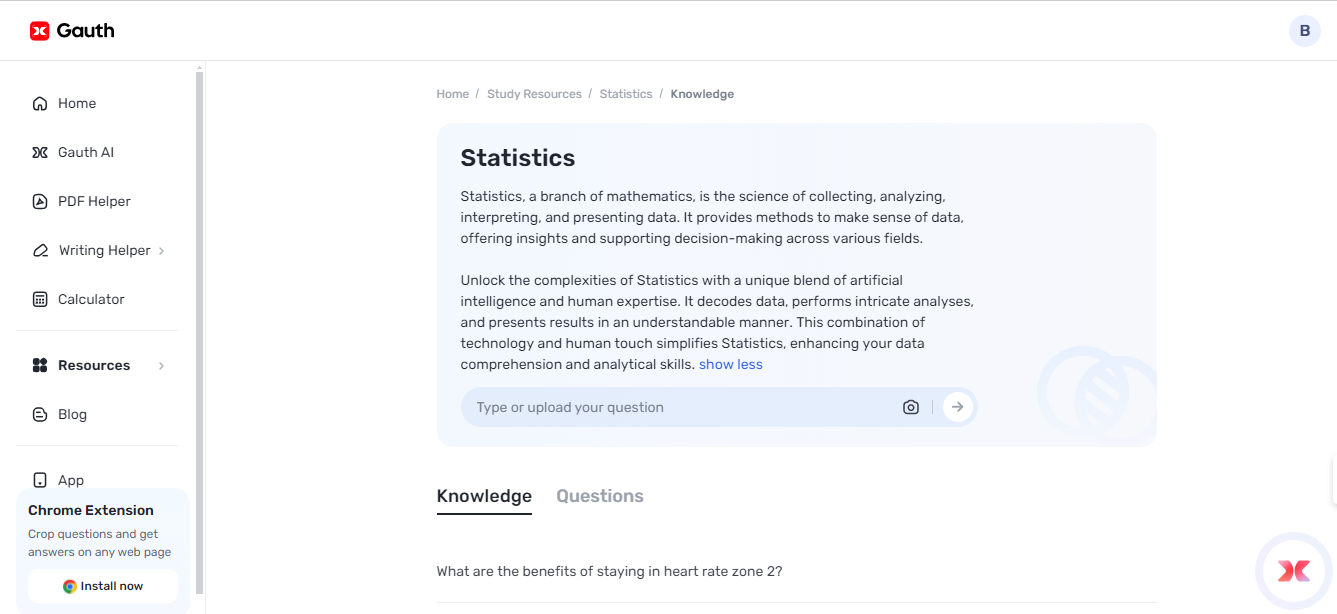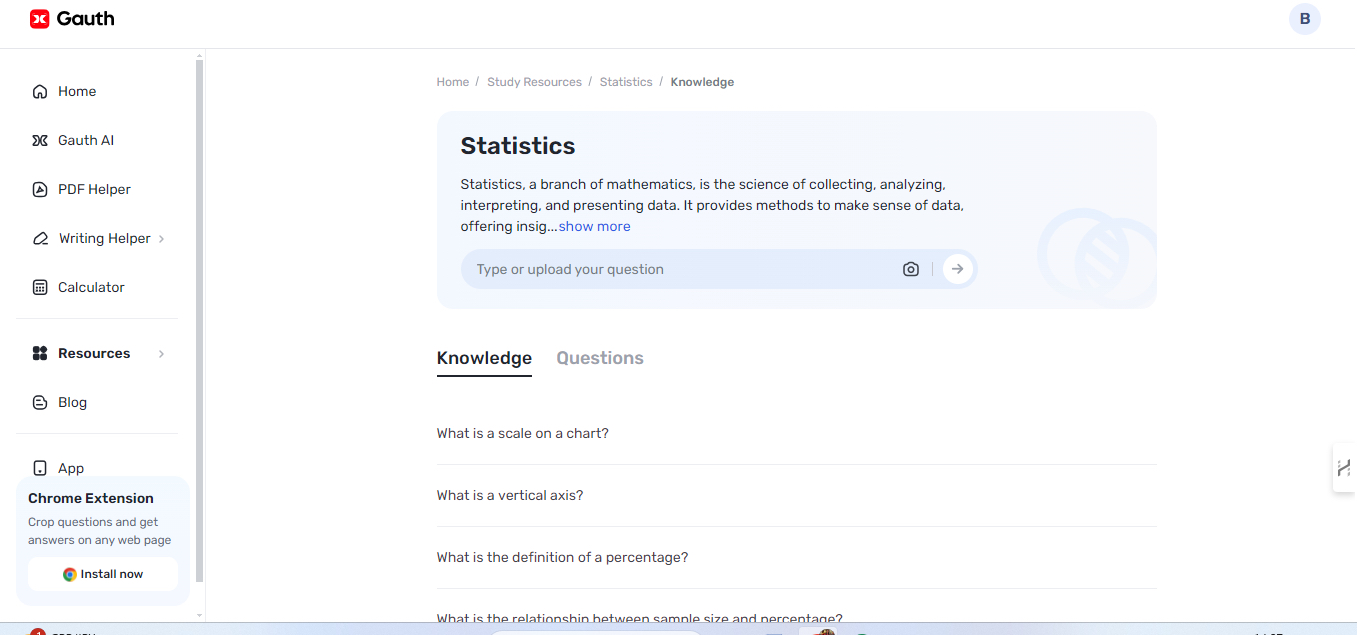Though often seen as a more challenging high school course, statistics is essential for developing analytical and problem-solving abilities. For many students, statistics tasks seem daunting, from data set analysis to probability computation and appropriate conclusion drawing. Dealing with statistics may be intimidating, given the subject’s intricacy and the pressure to understand and alter data. However, even the most challenging homework that may become doable should be done with the correct attitude and techniques. This blog will look at students’ typical difficulties with statistics assignments, provide doable solutions for these obstacles, and show how well tools like Gauth help students succeed academically.

Why In High School Statistics Are Crucially Important
- Statistics teaches more than numbers; it teaches how to examine data and base wise judgments on that information. Statistics are significantly more important outside of the classroom. Statistics abound in daily life: news stories, sports scores, weather predictions, and even debates on health, politics, and economics. Strong foundations in statistics will help high school students acquire the ability to critically analyze and evaluate information, a talent necessary in today’s data-driven world.
- Moreover, statistics homework lets pupils develop logical thinking, which is essential in almost any academic field. Statistical thinking has been used in many fields, including social studies and scientific interpretation of experimental data. Mastery of statistics is essential for those hoping to work in disciplines such as business, engineering, medical, or social sciences.
Techniques for Handling Challenging Data Assignments
Though complex, statistics tasks are not insurmountable. These techniques enable students to handle challenging assignments and approach their statistical work more easily.
1. Break Down the Assignment
Breaking up a difficult statistics project into smaller, more doable chunks is one of the most excellent strategies to approach it. Divide the project into discrete questions or challenges rather than seeing it as one big chore. This lets pupils concentrate on one idea or computation at a time, lessening their sense of overload. If an assignment calls for computing a data set’s mean, median, and mode, for instance, students could work on each computation independently and then move on to the next. By dividing work this way, the project seems less intimidating and enables better precision and concentration in every stage.
2. Emphasize the Concept of Understanding
Students should spend time grasping the fundamental ideas before jumping into computations. Examining class notes, reading the textbook, or watching instructional videos helps one to understand challenging subjects. Students should think about grasping the meaning of every statistical term and how it relates to their project. Once pupils understand the ideas, they may approach the computations with a greater understanding of what they are attempting to accomplish. This will help one choose the correct formulations and prevent typical errors.
3. Exercises using Sample Problems
Like everything, mastery of statistics depends on practice. Whether from the textbook or online, working through example problems can help students get more acquainted with the questions they may run into on their homework. Repetition helps pupils become confident in using formulae and doing computations. Apart from addressing issues, students should also develop their understanding of the outcomes. Writing down justifications of what the data indicates in many contexts helps one to express one’s grasp of statistics better.
4. Use Visual Aids
Graphs, charts, and tables, among other visual tools, help make statistics assignments more palatable. Seeing trends and linkages that may not be clear from raw statistics alone is usually simpler when visualising data. Bar graphs, pie charts, or scatter plots let students more clearly depict data, helping them understand complex material. For instance, plotting data points on a graph might highlight patterns or anomalies that would otherwise go undetectable. Including visual aids in the project could also help the final presentation to be more professional and understandable.
5. Remain Organized

Complying effectively on a statistics project depends on keeping yourself neat. Students should list every formula they use and explicitly mark every stage of their computations. Maintaining tidy and systematic work helps to lower the possibility of mistakes and facilitates the assessment of the project for flaws. Additionally, students should organize their time effectively. If an assignment is particularly long or complex, breaking it up into smaller chunks over several study sessions can help ensure that students don’t become overwhelmed by trying to complete it all at once.
For students facing challenging statistics assignments, Gauth offers personalized support to simplify even the most complex tasks. Whether students struggle to understand key concepts, apply the correct formulas, or interpret data, Gauth provides clear, step-by-step explanations and examples that guide students through problem-solving. Gauth helps students build confidence in their statistical abilities and succeed in their high school classes by offering tailored assistance and immediate feedback.
Conclusion
Tackling brutal statistics assignments in high school can be challenging, but with the right strategies and a clear understanding of the subject, students can master even the most difficult tasks. By breaking assignments into smaller parts, practising with sample problems, and using visual aids, students can build the skills and confidence needed to excel in statistics.
With additional support from Gauth, students can overcome obstacles and approach their assignments more efficiently, ensuring they develop a strong foundation in statistical reasoning that will serve them well throughout their academic and professional lives.

